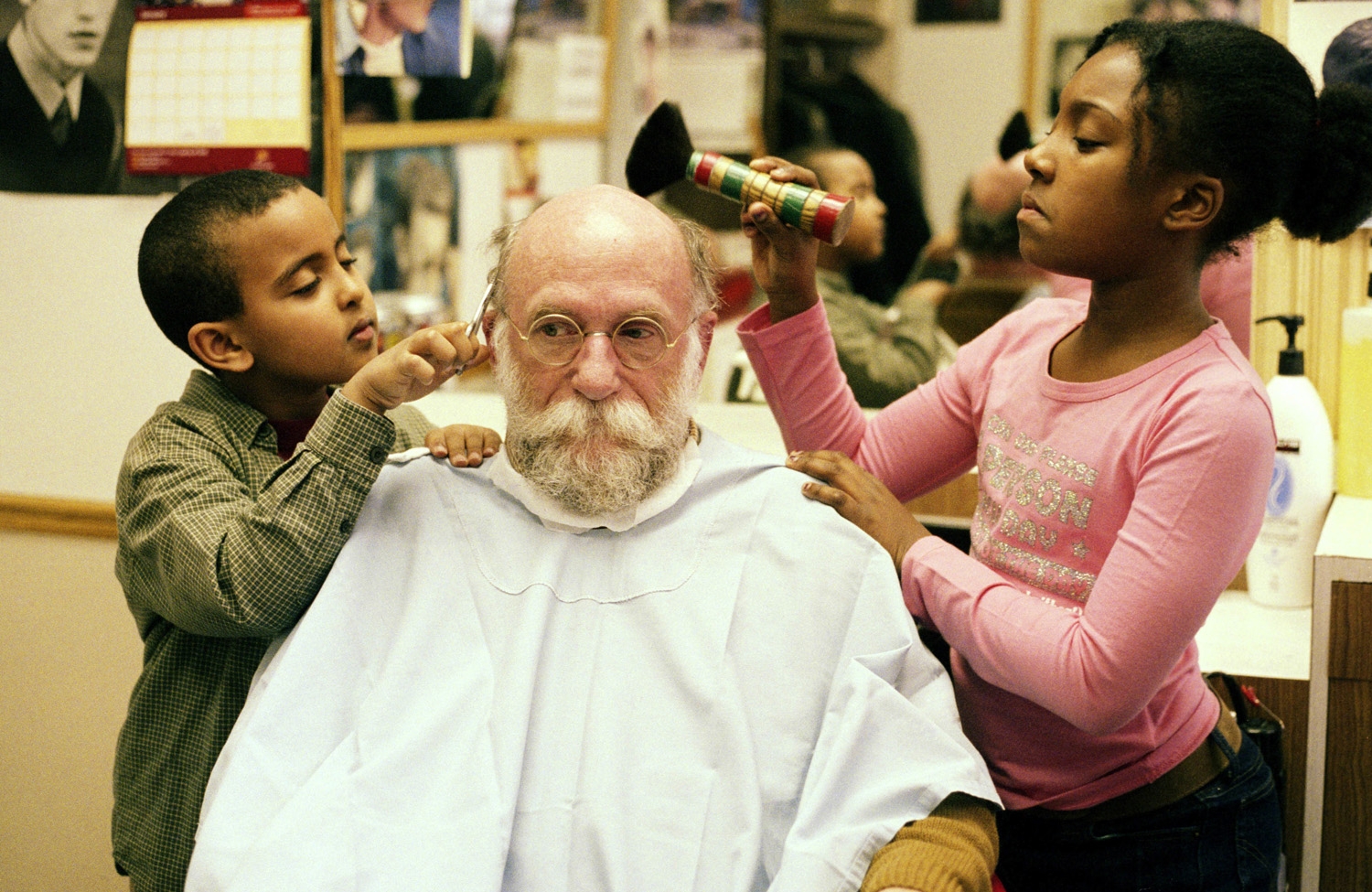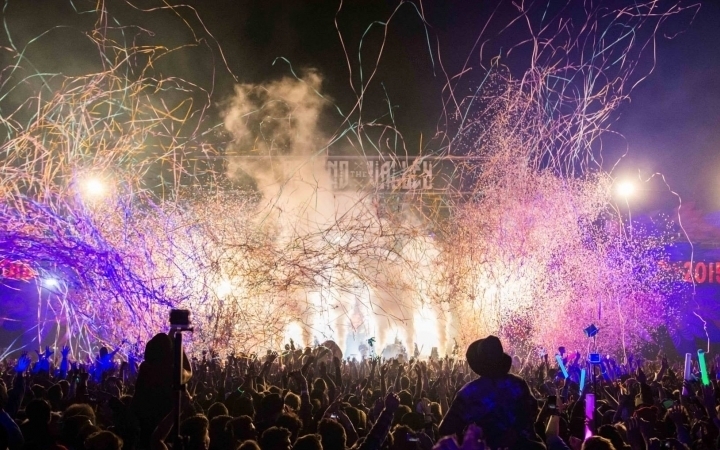“It’s about looking at citizenship and young people as members of our community and as people who have certain rights and certain limitations imposed on them by social parameters,” Verity explains. “It is also about the juxtaposition of questioning what we allow children to do and why, as well as their limitations based on things like age or assumption.”
It’s an experiment which has found its home in salons all over the world since 2006 and when it runs as part of Melbourne Festival, its 35th chapter will commence. Despite being so well-travelled, there are always challenges the practise must overcome when it enters a new domain.
“With all our performances, including this one, we have to adapt to the local context and cooperate with local organisations and take into account what they perceive to be the best neighbourhoods to work in and the best demographic of kids to work with,” reveals Verity. “We generally want to work with people who don’t have exposure to the arts and we try to adapt certain elements of the performance to make sense for the local context.”
Children participating in the exercise will be granted eight hours of professional training prior. Mammalian Diving Reflex have chosen Preston South Primary School and Richmond West Primary School to work with on this occasion and the students will be between the ages of ten and 11. The children will then take over two Melbourne salons for four hours at a time over four separate days. Windsor’s Razor Dolls salon will be invaded as well as Fur Hairdressing in the CBD. The haircuts are free and the participating children get paid for their work.
The performance is as much a practise of empowering our youth as it is promoting conversation between generations. We live in an environment which has never been more transfigured. Therefore, child potential has never been more affluent. However, dialogue between associates is often unchallenged and as a result we don’t often get an opportunity to realise the social capacity of our youth.
“Young people contribute and can contribute in a variety of ways that either goes unacknowledged or underrepresented so now as a company, over the past ten years, we’ve worked quite a bit with young people and teenagers to make a lot of different performances,” Verity says. “Haircuts by Children was sort of the first one that opened the door to investigating these kind of dynamics.
“It’s also about looking at adult-child relationships and the kind of limitations beyond that. There aren’t many circumstances where adults speak with or converse with young people or even spend much one-on-one time with a young person.”
There are many ways to instil a voice and sense of authority within children and it doesn’t just take precise measures to be achieved. The way we converse with our youth in everyday life can be equally as important in infusing greater confidence and articulacy.
“It can even just be small gestures, such as the way we treat them, or even the way we speak with them, the way we listen to them,” says Verity. “Even with just the simple things, change can shift the way young people can operate in their day-to-day life and change can shift the way they’re respected.”
It’s a bold experimentation, but if Haircuts by Children can at least marginally empower our youth to institute their own decision making and engage in conversation, then we’re one step closer to bridging the generational divide.
BY TOM PARKER

